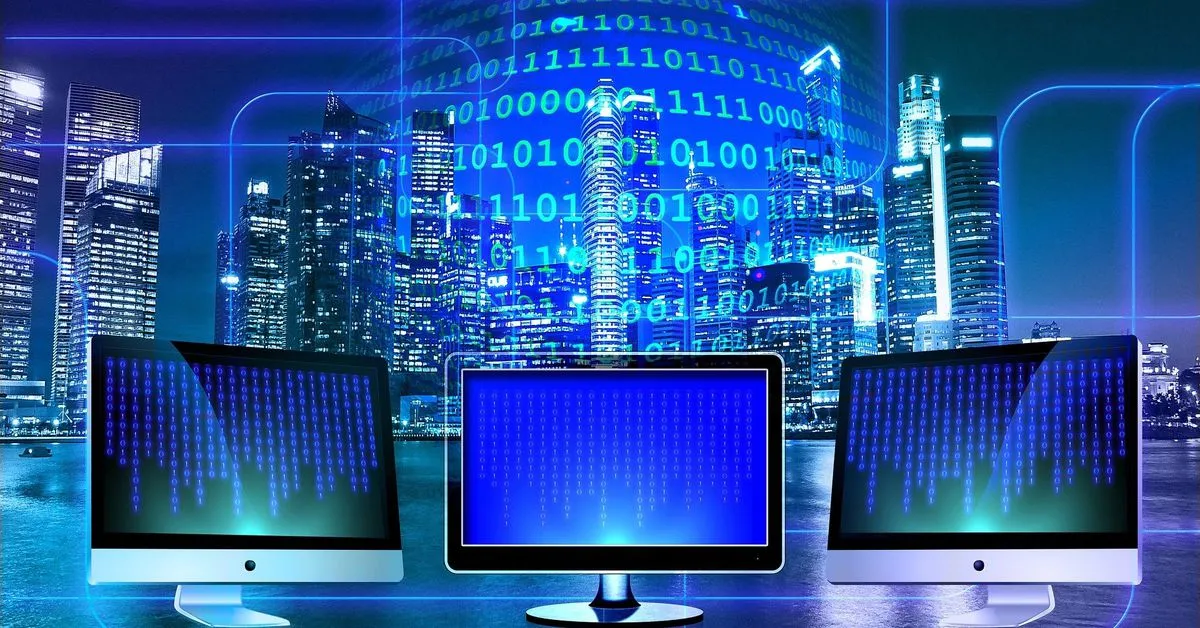Tokenization is a process that could revolutionize financial and non-financial infrastructure and markets over the next decade, according to Bank of America (BAC). We are on the verge of an infrastructure evolution that may reshape how value is transferred, settled, and stored across every industry, said analysts Alkesh Shah and Andrew Moss. Tokenization is the conversion of real-world assets into blockchain-based tokens, which could increase efficiencies, reduce costs, optimize global supply chains, and catalyze a new generation of software-as-a-service (SaaS) companies.
Bank of America notes that disruptive technologies like radio, television, and email took thirty years to reach mainstream adoption. However, it expects a much shorter lag for digital assets. The bank said the implementation of blockchain technology will accelerate among financial institutions and corporates as the opportunity cost of uncaptured efficiencies increases.
Distributed ledger technology and tokenized traditional assets aren’t ‘crypto,’ the report said. It added that blockchains record ownership of the 26k+ tokens that exist within the digital asset ecosystem, but we expect 99% of those in existence today to essentially disappear over the next ten years. Memecoins like shiba inu (SHIB) and pepecoin (PEPE) receive a huge amount of attention despite having no utility or intrinsic value, but other tokens are different, the note said. Public permissionless blockchains including Bitcoin, Ethereum, and some third-generation blockchains are decentralized and require tokens to reward participants for processing transactions on the network.
